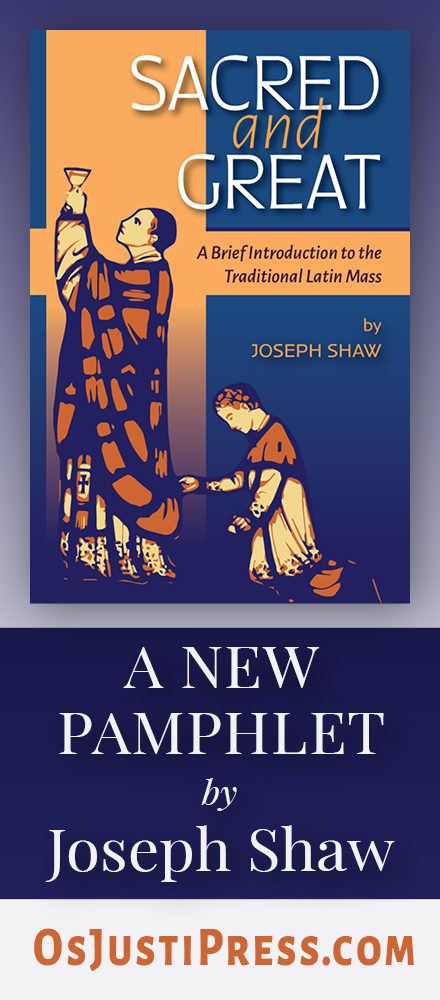Yesterday, the headline came out that Cardinal Castrillon Hoyos had stated that "the traditional Latin Mass... is to be reintroduced into every Roman Catholic parish in England and Wales..." while visiting London. This has caused much stir and discussion.
The NLM questioned whether the Cardinal actually had said this, which came across as a juridical sort of requirement that seemed neither consonant with what we've heard before, nor terribly practical, rather than a wished-for or desireable state to work towards -- the latter of which is a sentiment perfectly without surprise and in accord with the motu proprio and everything else we have heard on this subject from the Cardinal. To that we would do nothing but heartily agree.
However, the former, "requirement interpretation" seems to have gained some currency in blog comments boxes and therefore seems important to address in a more thorough way.
Damian Thompson recently released the edited text of the interview in question where the comments were made, which confirmed what I suspected in the original piece; namely, that no juridical requirement was being posited. Rather, what was being spoken of was the desirable scope of the motu proprio.
Here is the relevant excerpt:
Damian Thompson (Telegraph): Your Eminence, would the Holy Father like to see ordinary parishes in England with no knowledge of the Gregorian Rite introduced to it?
CC: Yes, of course. We cannot celebrate this without knowledge of the language, of the signs, of the ways of the Rite, and some institutions of the Church are helping in that way.
DT: So would the Pope like to see many ordinary parishes making provision for the Gregorian Rite?
CC: All the parishes. Not many – all the parishes, because this is a gift of God. He offers these riches, and it is very important for new generations to know the past of the Church. This kind of worship is so noble, so beautiful – the deepest theologians’ way to express our faith. The worship, the music, the architecture, the painting, makes a whole that is a treasure. The Holy Father is willing to offer to all the people this possibility, not only for the few groups who demand it but so that everybody knows this way of celebrating the Eucharist in the Catholic Church.
Clearly then the Cardinal is not speaking in terms of mandatory requirements, he is speaking in terms of what is to wished, hoped for, worked toward and which is desireable.
This is important to clarify for two reasons. On the one hand, it continues to contradict the assertion that some would make, suggesting that "extraordinary" is meant just as it is with Extraordinary Ministers of Holy Communion -- a rarity or occasional exception applicable only to particular circumstances. This is important for the usus antiquior is not to remain marginalized. Both for its own sake and for the sake of the modern Roman liturgy, it needs as wide a dispersion as possible, even while the modern form will remain the statistical majority of liturgies presently offered.
In the Cardinal's address to the Latin Mass Society of England and Wales, he notes:
Let me say this plainly: the Holy Father wants the ancient use of the Mass to become a normal occurrence in the liturgical life of the Church so that all of Christ’s faithful – young and old – can become familiar with the older rites and draw from their tangible beauty and transcendence. The Holy Father wants this for pastoral reasons as well as for theological ones.
On the other hand, we must be clear that the Pope is not establishing, nor was the Cardinal suggesting a juridical sort of ruling requiring this of every parish, and so we cannot pretend as though this is in fact the case and approach it so accordingly. This will not help the cause of the wider availability of the usus antiquior if we try to claim so.
But while it isn't the case that every parish must reintroduce the usus antiquior, this is nonetheless an incredible statement, clarifying for many, who had perhaps been uncertain, that the Church would see its widest possible dispersion as a desireable and wished-for state of affairs.




















